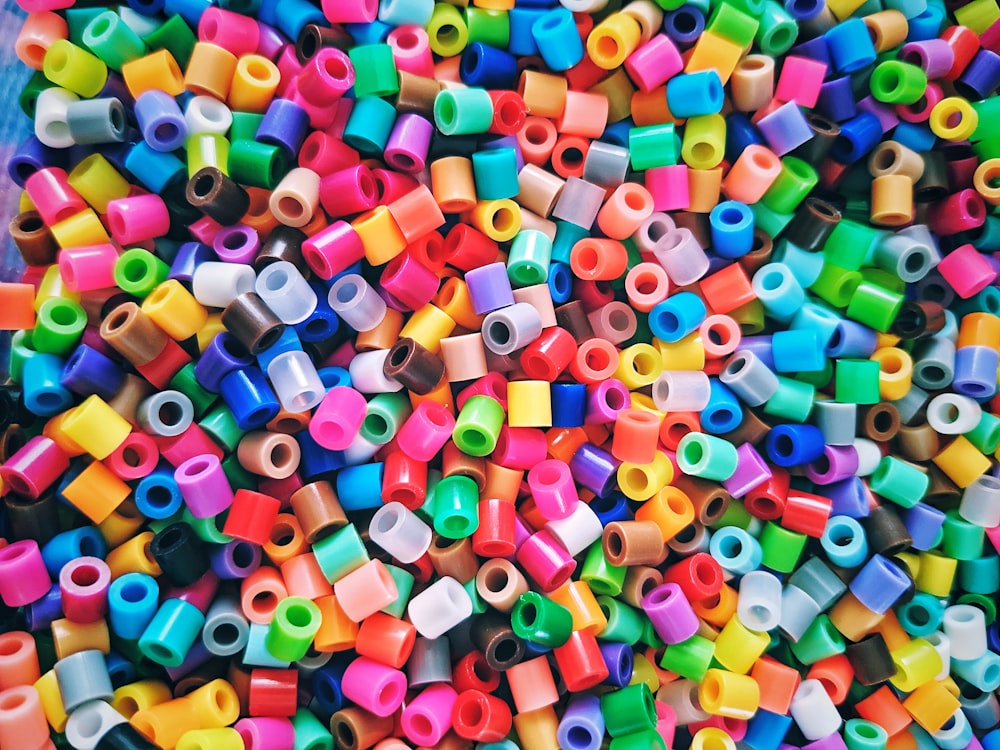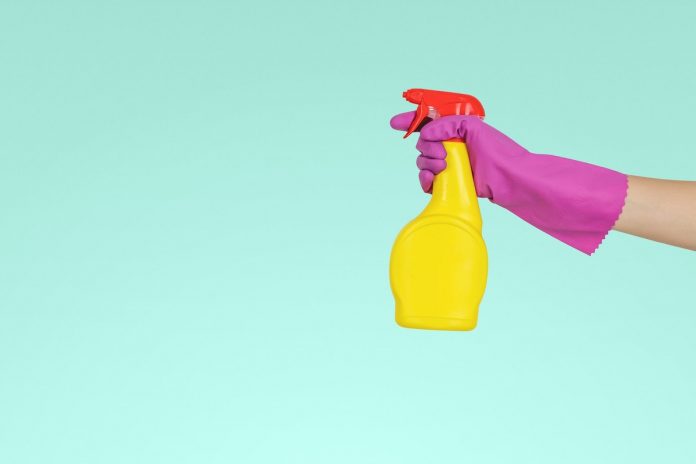Everything Plastic: How is Plastic Made And How It’s Recycled
Plastic is everywhere, and it’s used in almost every product we use. However, plastic is a general term for a material that is designed to be durable and hard-wearing. There are many different types of plastic, each with its own uses and characteristics. In this article, we will look at what makes up plastic, how is plastic made, how it’s recycled and the different types available. We’ll also discover how plastics can be recycled so they don’t end up in landfill sites for thousands of years!
What is Plastic?
Plastic is a synthetic (man-made) polymer (molecule) composed of small organic molecules called monomers. These are linked together to form long chains known as polymers. Plastic is a thermoplastic material, which means it’s made from molecules that are flexible and can be altered through heat.
What is Polymer?
A polymer is a large molecule formed from several repeating units of similar atoms or groups of atoms. The polymer used in plastic is usually made up of carbon, hydrogen, oxygen, and sometimes nitrogen. The polymer chain can be quite long and very flexible, allowing it to be used in a wide range of plastic sheets products.

How is Plastic Made?
Making plastic involves the production of polymers from petroleum by means of chemical reactions. These reactions generally take place in large factories called plastic processing plants. The first step involves extracting crude oil from underground reserves, which is then sent through pipelines or rail cars for further processing. Next, the crude oil is processed to produce various hydrocarbons (other fuels).
The hydrocarbon mixture is then sent to a polymerization unit, where it is heated under high pressure and exposed to hydrogen (or another group of atoms) in order to create long chains of plastic molecules. These reactions take place within large reactors called reactors.
The polymer solutions are then cooled down, filtered, and pumped into holding tanks before being transported to plants that make the end product. In some cases, the polymer can be used immediately. For example, when making plastic bags, the polymer is cut into strips and then sealed together by machines called sealers.
Once sealed, these plastic strips are known as beads. The beads are then dried and packed for delivery to shops around the world! In other cases, the solution needs additional processing before it can be used in consumer products. For example, if we look at the plastic bottle on your bathroom shelf, this will have gone through several stages of production.
First, liquid polyethylene is produced in a chemical plant; then, it’s fed into large tanks called extruders. Here the liquid is forced through small holes under high pressure to form long strands of plastic. These strands are known as pellets, and they can be made into almost any type of plastic product. The pellets are dried and transported to factories around the world, where they are heated up and formed into specific types of plastic goods (bottles, bags, etc.).
What are Plastic Sheets Made From?
There are many different types of plastic available today. These include polyethylene (PET), polypropylene (PP), and polyvinyl chloride (PVC). They can be made into a wide range of products, including bottles, bags, and toys. Plastics are also used in construction materials like pipes and cables because they’re durable and don’t corrode easily.
What Type of Plastic is Recycled?
We’ve already seen that plastics can be recycled by being melted down and remade into new items. However, some types of plastic are more easily recycled than others. For example, a clear PET bottle is much easier to recycle than a cloudy white PVC cup because the color can be removed during the recycling process. This means that recycled plastics don’t need to be as pure when they’re made into new products!

How is Plastic Recycled?
Plastic can be recycled by ‘crushing’ it into small pieces, which are then washed and cleaned so they’re ready to be remade into new items. The process of crushing plastic is known as recycle grinding, and it’s usually done in a recycling centre or by an individual who has their own recycling machine. In some cases, the clean plastic can be melted down and turned back into new products without being recycled again. However, this isn’t always possible because plastics are made from different types of polymers that cannot be interchanged during production.
As we saw above, the different types of plastic have different properties. For example, PVC cannot be recycled as PET because it’s made from a different type of polymer. If we were to recycle it with PET, then this would lead to contamination in the new product and make it cloudy white!
What are the Advantages of Recycling Plastics?
There are many reasons why recycling plastics is good for our environment. Firstly, it reduces the amount of waste that ends up in landfill sites. Secondly, recycling plastic is energy efficient because it doesn’t need to be made from scratch. Thirdly, recycled plastics can be used to make new products, which means less oil will be needed for production purposes. Finally, recycling plastic reduces the amount of waste that needs to be transported around the world.
To Summarise
Plastic is a man-made material that’s used in many products around us. It’s made from petroleum and can be recycled, so it doesn’t end up as waste in landfill sites.
According to statistics, only 14% of plastic is currently being recycled worldwide. If everyone recycled their plastic, then there would be less need for new production, which would reduce the amount of oil needed for manufacturing. The remaining 86% of plastics are sent to landfills each year; this is a huge waste!
If we all recycled more plastic, then this would help to reduce the amount of waste that’s sent to landfills. It would also mean that fewer new plastics need to be made because they can be used over and over again, reducing our carbon footprint on Earth. If you want to find out how you can recycle your plastic, then check out www.recyclenow.org for information on recycling centers near you.






